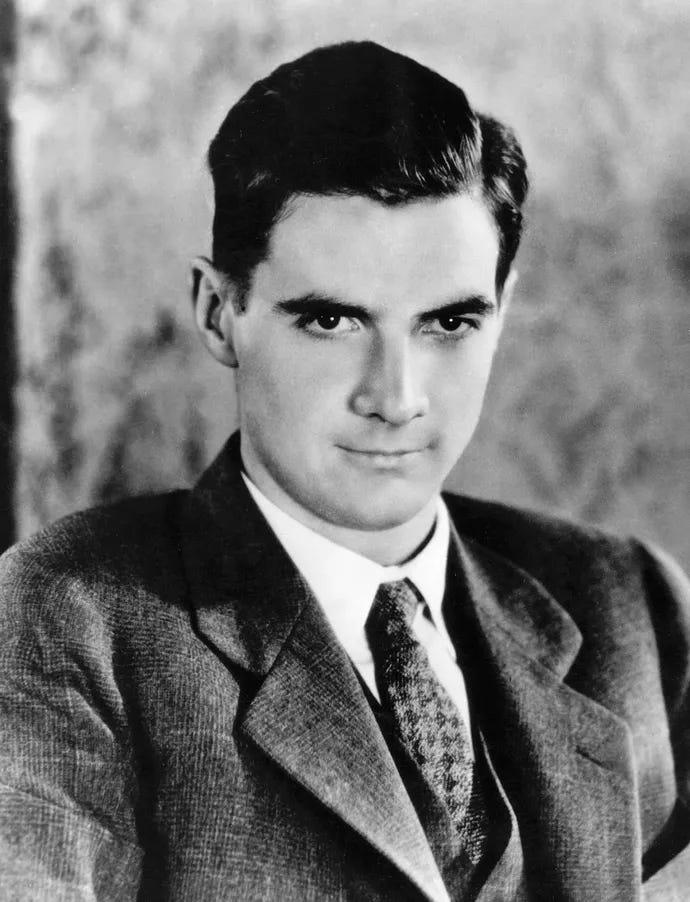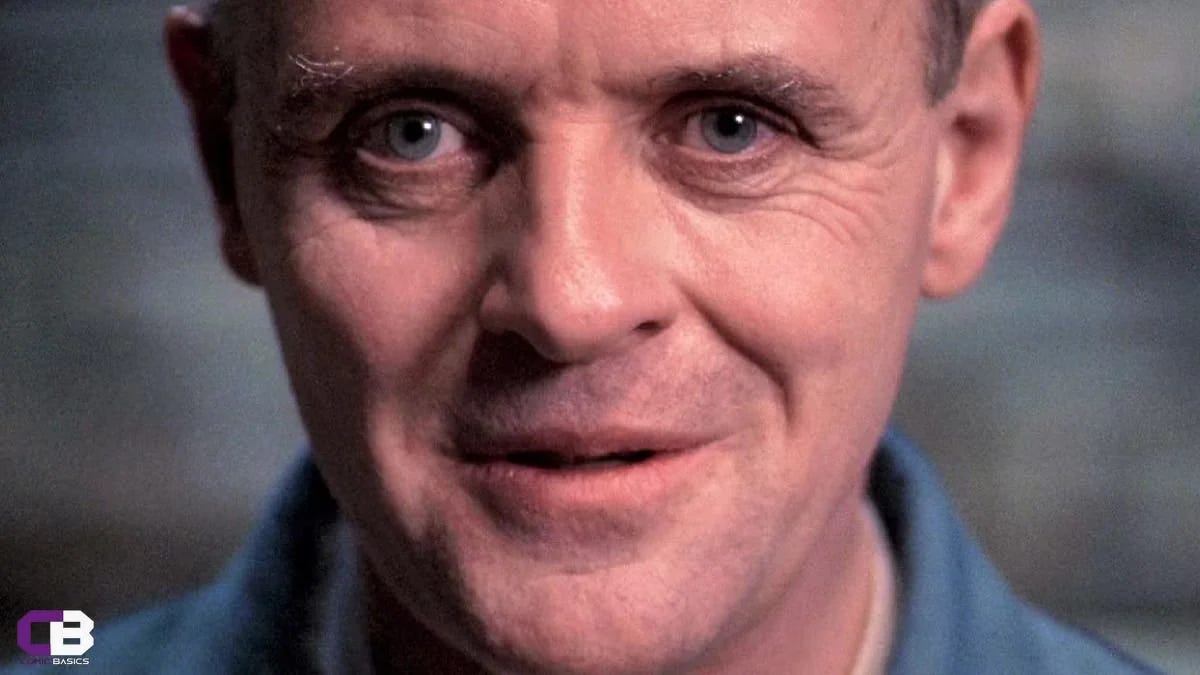A Serial Killer and an Aviator walk into a bar...
A Dual Film Analysis of Psychological Abnormality in The Silence of the Lambs and The Aviator"
Mental health depictions in film have often shaped public perceptions of psychological disorders. In this paper and as a movie buff, I chose to analyze The Aviator and The Silence of the Lambs–two different films that both center on the inner worlds of individuals grappling with the disruptions of mental illness and its debilitating symptoms. The Aviator portrays a glamorous semi-biographical take on Howard Hughes and his mentally strenuous decline into obsessive-compulsive disorder (OCD). The Silence of the Lambs unnerved audiences for generations with its chilling depiction of the minds of two criminals with personality disorders. Both stories illuminate the complexities and severity of psychological abnormalities while showing the consequences of both diagnosed and undiagnosed, treated and untreated.
The Aviator follows the illustrious rise and tediously painful fall of Howard Hughes, the brilliant serial entrepreneur who had massive success as an aerospace engineer, investor and film mogul. His brilliance and innovation was only crippled by his spiraling anxiety. Initially, Hughes is rendered as this bold, charismatic, risk-taker who is as intense in business as he is in the air. But as the film progresses, the viewer observes his behaviors becoming increasingly ritualistic, disruptive, obsessive, and socially isolating. He becomes fixated on cleanliness, refuses to shake hands, repeats phrases over and over, and eventually barricades himself in one of his black screening rooms where he dwells in the nude and afraid to touch anything. We see how the symptoms of his mental illness begin to infiltrate every aspect of his life
.
Initially, Hughes’s hyper-perfectionism and social quirks can be written off as a part of his genius with a dash of eccentricity. However, when he locks himself in his screening room for months while urinating in jars we as the audience can now clearly see he’s lost all control and self perception. His compulsions completely disrupt his relationships and his ability to work. Howard Hughes clearly displays symptoms of Obsessive-Compulsive Disorder (OCD). He obsesses over perceived contamination, incessantly washes his hands, avoids physical contact, and experiences ruminating and intrusive thoughts. His ritualistic compulsions are excessive, repetitive, and isolating. Ironically, these self-imposed methods are meant to reduce his anxiety but ultimately compound his distress in all aspects of his life. These behaviors align directly with the diagnostic criteria for OCD as outlined in the DSM-5.
I think Hughes’ mental illness is portrayed somewhat neutrally, with moments of compassion. I like that the film utilized a successful and well-known public figure because it eliminates a lot of stigmas around who can be afflicted. The film doesn’t sugarcoat the intensity of his symptoms nor lessen the severity of the fallout. The film also does a great job of stabilizing the audience as a complete observer because it doesn’t make him a villain or a jester. I also think that him being a venomous racist was intentionally left out of the film so the viewers could concentrate on how debilitating OCD can be, especially when left untreated or misunderstood. The humanity of Hughes is still very much present, even in his darkest and most uncouth moments.
Besides OCD, Hughes could’ve shown signs of generalized anxiety disorder or schizotypal personality disorder, due to his paranoid thinking and extreme isolation from social interactions.
The Silence of the Lambs documents FBI trainee Clarice Starling as she consults with Dr. Hannibal Lecter, an imprisoned former forensic psychiatrist and cannibalistic serial killer, to help
catch another killer, Buffalo Bill. Dr. Hannibal Lecter is as brilliant as he is primal. This mental cat and mouse dynamic between Clarice and Lecter is cerebral and chilling. Although Lecter is physically locked away, his mind is free, roaming, meticulously calculating, masterfully manipulative, and eerily insightful. Buffalo Bill, the active killer, is deeply tormented and disturbing in a much different way. Both characters present complex abnormal psychological profiles which makes this film one of the most cinematically rich case studies in personality disorders.
Hannibal Lecter displays several textbook characteristics of antisocial personality disorder (ASPD). He lacks remorse, manipulates others with ease, and commits gross acts of extreme premeditated violence with chilling calmness. He is absolutely charming, intelligent, machiavellian and thoroughly detached from the pain and suffering of his victims. Despite being in prison he is able to exert mental and emotional control over Clarice and others with his sadistic mind wars. From his pleasurable deceitfulness to impulsivity and his complete disregard for societal norms, he has all of the textbook ASPD symptoms
.
Buffalo Bill shows signs of severe identity disturbance and trauma, I think he is what Carl Stargher was in The Cell. He kidnaps, skins and kills women, fashioning them a “suit,” made of themselves and expresses intense confusion about his gender identity. Lecter takes the time to make it clear that Bill is “not a real transsexual,” but rather someone suffering from a severe personality disorder and possibly body dysmorphic disorder or a psychotic spectrum disorder. Based on these behavioral patterns and motivations, Buffalo Bill could be diagnosed with schizotypal personality disorder or delusional disorder, alongside deep trauma responses. Quite the serial killer.
Dr. Hannibal Lecter is highly intelligent and painfully aware of his actions and weaponizes that awareness to manipulate and harm others. What I like about his character is that he doesn’t express any desire for rehabilitation or treatment. More treatment would only load his arsenal for the next target(s). Howard Hughes could’ve possibly been treated with Cognitive Behavioral Therapy and SSRI (Selective Serotonin Reuptake Inhibitors). He was an affluent white man who would’ve garnered a community of support had they been privy to such solutions. Buffalo Bill could’ve been treated with an execution- medieval style. Some disorders are deeply resistant to treatment, especially when the individual has no interest in changing or displays extreme violence.
The Silence of the Lambs walks a fine line because on one hand, it reinforces the stereotype of people with mental illness being violent and dangerous while on the other, it also shows that those in the mental health system are fallible and sometimes make things worse. This is a realistic circumstance for a lot of individuals failed by the healthcare system as a whole. Some may argue that the film should be perceived more as a thriller than a mental health narrative but when you look out into the world or listen to any true crime podcast, you will see that humans are capable of primal, tortuous and extensive violence against one another and animals. Between the sex trafficking crisis, domestic violence casualties and ritualistic abuse wherever there is money and a hierarchy- is the movie really far fetched?
Both The Aviator and The Silence of the Lambs provide intense and memorable depictions of psychological disorders through different lenses. Howard Hughes’s battle with OCD is related with a humanized and painful connotation while Hannibal Lecter’s sociopathy is theatrically terrifying and psychologically disruptive. These portrayals, although dramatized, shed light on the importance of an accurate diagnosis, community support and awareness of mental health disorders, compassion in treatment and the need for more nuanced and humanized media narratives around mental illness.
References
American Psychiatric Association. (2013). Diagnostic and statistical manual of mental disorders (5th ed.). https://doi.org/10.1176/appi.books.9780890425596
Comer, R. J., & Comer, J. S. (2021). Abnormal psychology (11th ed.). Worth Publishers. Demme, J. (Director). (1991). The silence of the lambs [Film]. Orion Pictures.
Scorsese, M. (Director). (2004). The aviator [Film]. Warner Bros. Pictures.
Stein, D. J., Costa, D. L. C., Lochner, C., Miguel, E. C., Reddy, Y. C. J., Shavitt, R. G., van den Heuvel, O. A., & Simpson, H. B. (2019). Obsessive–compulsive disorder. Nature Reviews Disease Primers, 5(1), 52. https://doi.org/10.1038/s41572-019-0102-3





